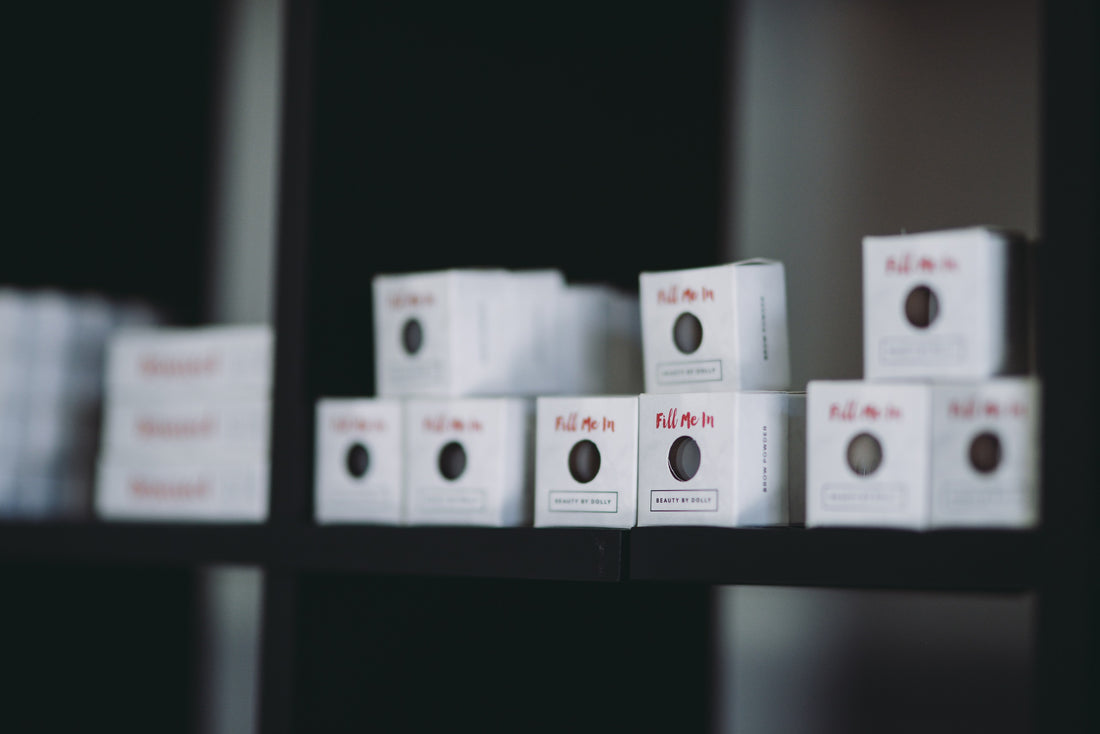Formaldehyde, phthalates, lead, paraffin—these are just a few of the toxic ingredients found in everyday beauty products including lipsticks, shampoos, nail polishes, waxes. Despite the link to scary side effects like infertility and developmental delays, you’ll spot these ingredients in hundreds of products. And the root of the problem is that the laws have been dormant for more than 80 years.
As a recent New York Times piece reports, the Federal Food, Drug, and Cosmetic Act gave the Food and Drug Administration authority to regulate cosmetic products in 1938. The laws spanned a two-page document and haven’t been changed since, even though, as a 2012 study reports, “the cosmetic industry today encompasses a greater number of products with different uses than those on the market more than seventy years ago.”
Thankfully, brands have been shifting the tide. At Beauty by Dolly, we’re proud to be a part of this movement. Since our inception, we’ve dedicated ourselves to all-natural, non-toxic methods. That means using 100% natural cotton thread for threading services and crafting our own mix of sugar, water, and lemon juice (that’s it!) for sugaring. Beyond making our clients look and feel good, we take strides to create a holistic environment for our employees, too, via fair wages, full benefits, and other perks.
And at BBD, we believe in empowering you to make better decisions.
So here’s our handy guide to three commonly used chemicals you might find in your beauty products:
Fragrance:
This isn’t so much an ingredient as a catch-all term for a mixture of chemicals that can impart a seemingly pleasant aroma to a product but have been tied to serious issues like dermatitis, respiratory issues, and reproductive disruption. This can also be disguised “perfume” or “parfum” and is used in many wax formulas.
Parabens:
This is a fancy word for “preservative.” We know we don’t want preservatives in our food, and we don’t want them in our cosmetics either. Parabens have been linked to skin allergies, breast cancer, and endocrine disruption, which can lead to processes like metabolism and even our moods going haywire.
Phthalates:
If you live in California, you may have seen a Prop 65 label on a product. That’s a warning that the item contains some form of this chemical compound, often used in plastics due to its flexibility. But phthalates have a dark, dirty side that includes ties to hormone and reproductive problems.
Ready to learn more? We love using handy platforms like the app Think Dirty and the Environmental Working Group’s Skin Deep Cosmetics Database to research products before purchase.

